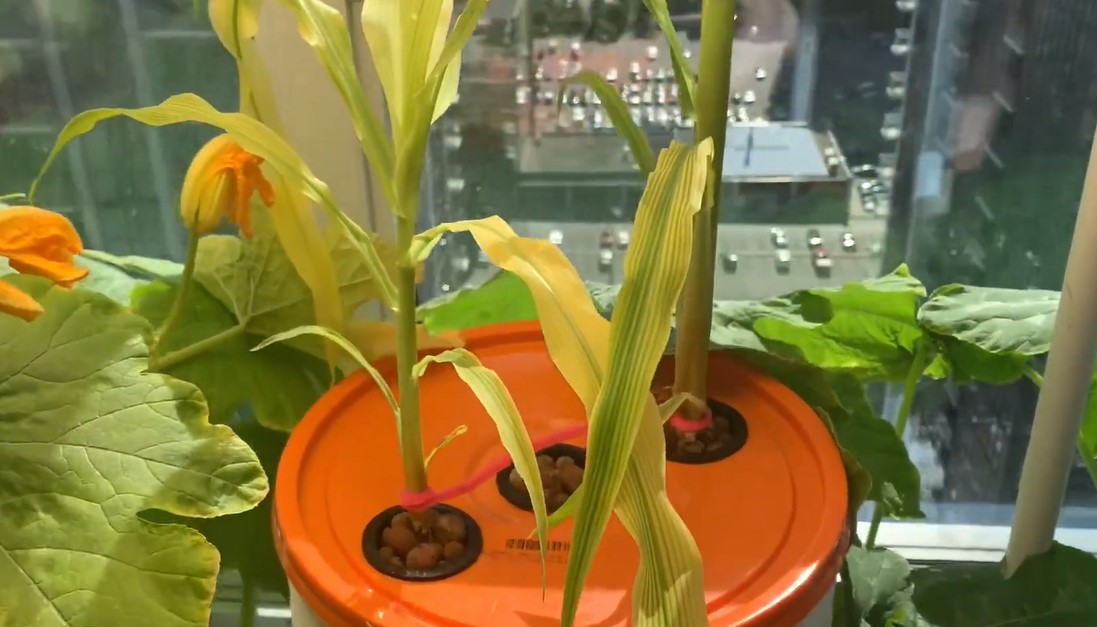Growing hydroponic corn becomes quite popular lately. Before you start, the gardeners should know some information about it.
As a hydroponic plant, any types of corn can grow very high. Some gardeners usually choose to grow small plants that do not increase the height too much. This type of plant needs more care in its growing medium to keep it stay straight.
Besides, there are some other things that you should do as well. Through this article, we will share with you some valuable information about growing corn in a hydroponic garden. Let us begin with step by step in the following.
Can corn be grown hydroponically?
The answer is yess, Growing the corn in the hydroponic garden means growing them in a soil-free area. The plant will get nutrients from the water instead of the soil.
The hydroponic system uses a medium to attach the plant and to replace the soil. You can select options like rock wool, coco coir, or perlite. If you want to use another medium, it is not recommended.
Others may not be a firm and reliable medium as the plant has a tall stem. It will make the roots soak directly in the liquid that can make you fail in growing it hydroponically.
Hydroponic Corn Seeding Process
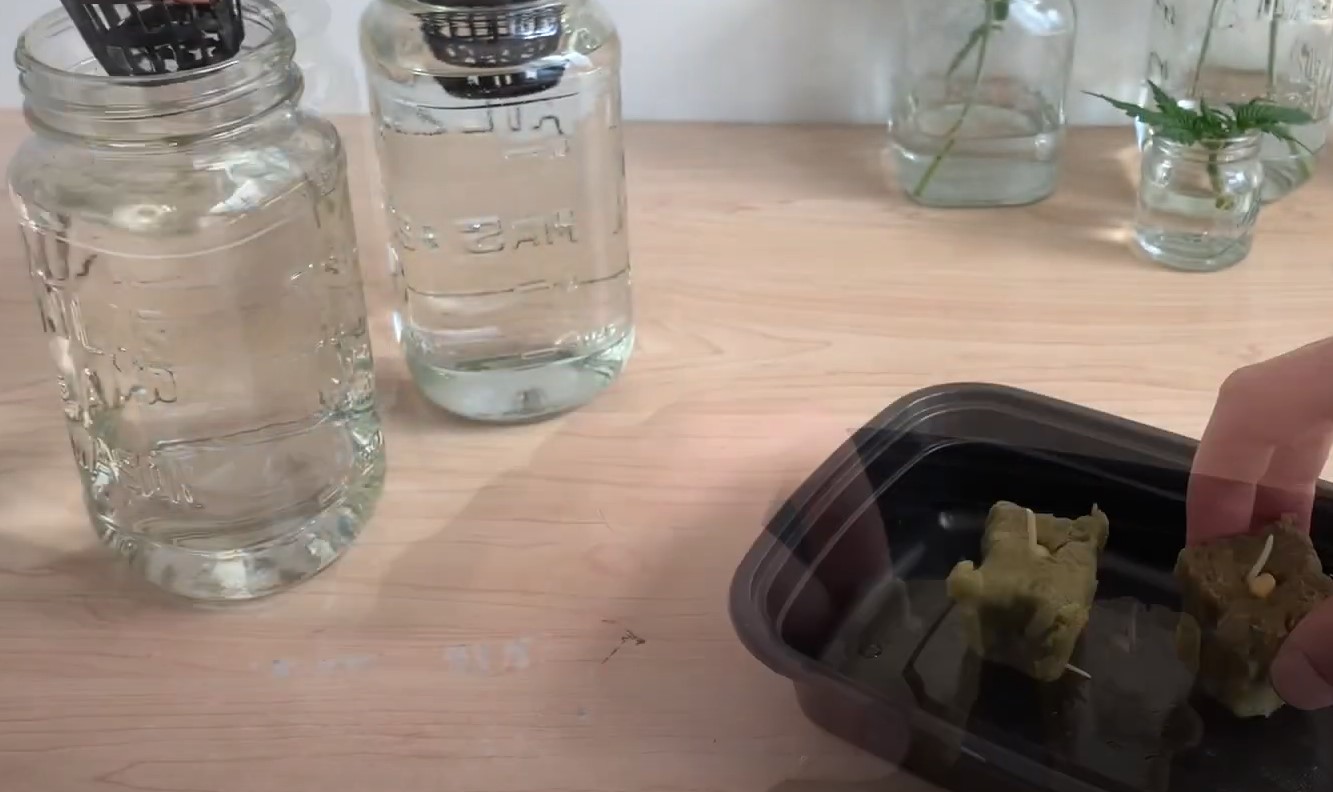
First of all, you should select the seed that can fit your needs. This step is essential to give you a better result in the end.
- You can begin with germinating the seeds. You should place them approximately an inch below the medium. Make sure you provide enough space for them.
- The seeds will sprout for around a week. Generally, it is only a few amounts of them that will never germinate. However, most of them will grow and survive.
- You can germinate more seeds if you think it is necessary. Use the empty spaces that are given by your failure seed germination. Through this way, you can maximize the use of space, time, and resources.
- After they germinate well, you can place them in your hydroponic garden. As it may grow pretty tall, you have to pay attention more to the space required.
- Once you start with the seed germination for your hydroponic corn, you should remember to give some space to the plant. So, it could extend in both ways, vertical and horizontal.
- By considering the spacing carefully, you will allow the air and the lights to pass over it. Thus, you will have a healthy plant and succeed in harvesting them.
- You can grow corn both indoors or outdoors in the hydroponic garden. If you plan to grow it indoors, you have to think about the availability of the space. Of course, this plant will consume more vertical than horizontal space.
- It may grow very tall and reach the ceiling of your indoor hydroponic garden. Thus, you must pay attention carefully to the height of your indoor hydroponic garden.
Hydroponic Corn Nutrient
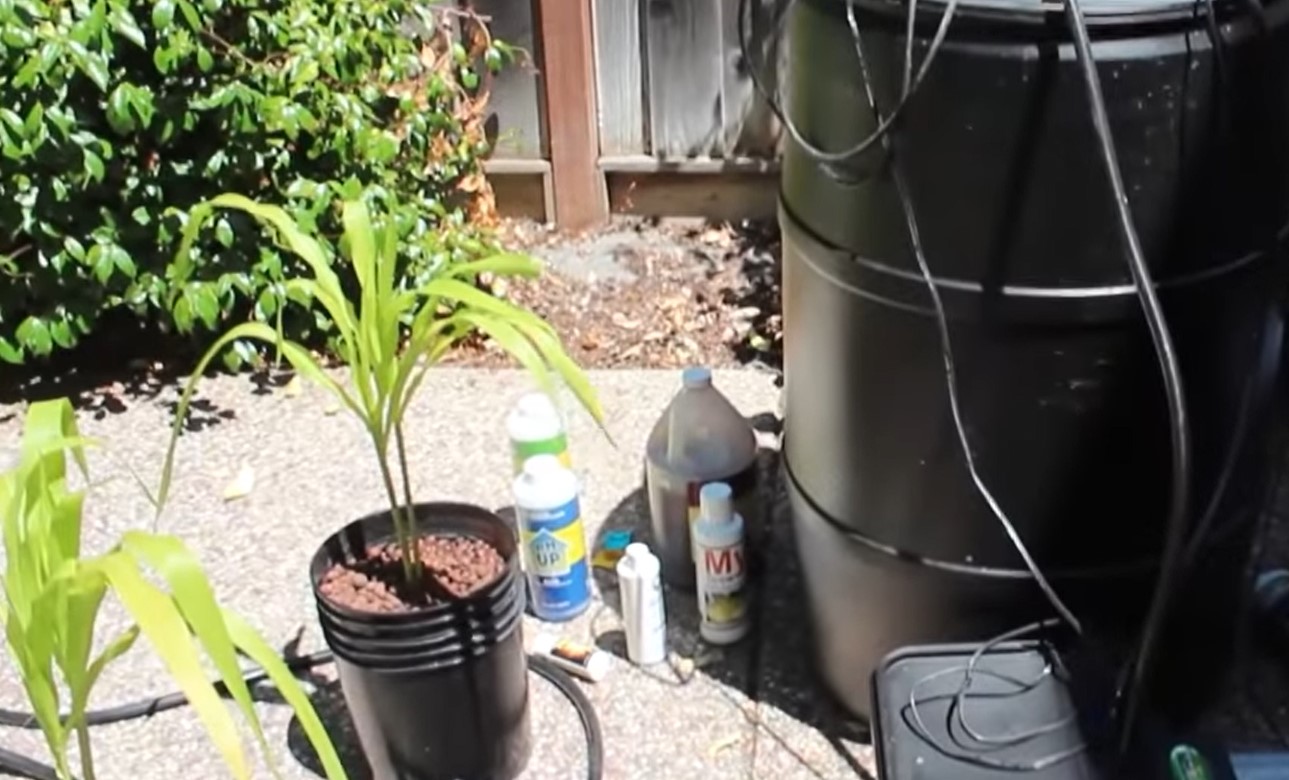
To supply the nourishment of your corn, you can buy simple pre-packaged nutrients. This type of nutrient or fertilizer is available for any variety of corn. It is easy to find this nutrient package for your corn.
A hydroponic fertilizer can be found in any local hydroponic store. Buy fertilizer only for corn.
The plant requires nitrogen for its nutrients. You can begin the nitrogen feeding from germinating seed to harvesting the plant. Then, you can feed your hydroponic corn with a nitrogen-rich nutrient solution.
Aside from nitrogen, there are also several other nutrients you should consider to make your plant grow well. You will require a moderate supply of phosphorus and potassium to balance their nutrients. By giving this supplement mixture, you will make your corn happy.
The nutrient mixture must have higher levels of the substance. Before using the nutrient, you can mix this nourishment with water. Follow the instruction to avoid the mistake of giving the unsuitable nutrient.
Estimate the right amount for a large container. The wrong combination could make your plant grow bad and, the worst thing, it fails to harvest.
Drainage
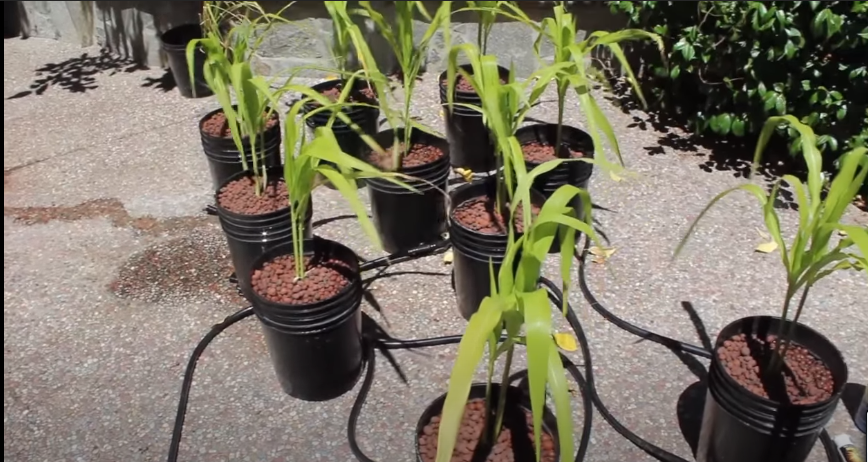
To deliver it to your plant, you can put the nutrient mixture in the reservoir with your preferred medium. You can transfer it through the water supply. Then, it is ready for your corn plant.
Make sure that the nutrient is well transferred to your plant. Check the humidity and maintain your plant as it is easy to be moldy or have mildewed ears.
The plant is quite sensitive to humidity. If it is too humid, it will easily get undeveloped ears. So, take good care of your plant condition and fulfill any requirements that your plant needs.
It sounds challenging for you, especially if you are a beginner gardener. However, growing corn in a hydroponic garden is less worrying than having it in your soil garden.
You have to consider the water requirement as well. Like all plants, corn needs water for its growth. Furthermore, a hydroponic garden solely relies on water in growing the plant. It is necessary to give adequate quality water in a sufficient quantity.
Check your water condition. It must be free from harmful pathogens or intolerable levels of chemical components.
Regular Temperature
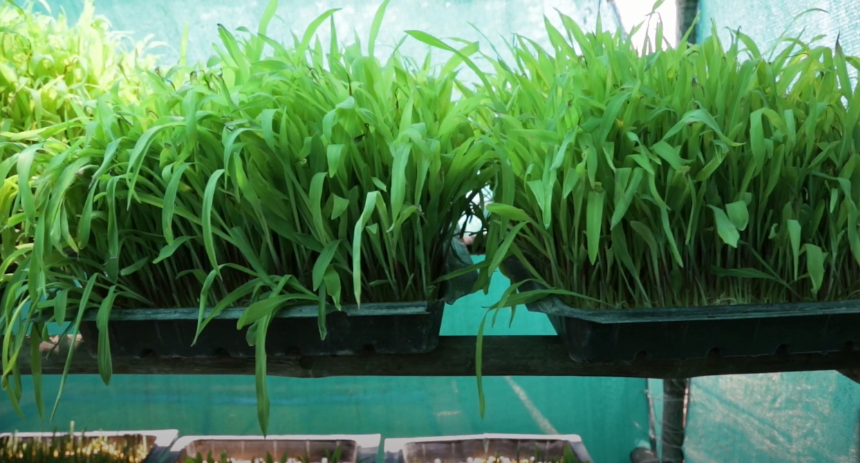
The temperature preference for growing corn is similar to other plants. The average temperature is between 60 to 80 degrees Fahrenheit.
You should keep the plant on your eye and observe the temperature very well. Recognize whether it is too hot or cold to keep them happy.
You can also control the heat caused by your supplemental lighting or the nearby radiator. Always remember to protect your crop from those heating sources.
Wintertime can be another challenge for gardeners too. At this moment, you have to be able to protect your crop from the falling temperature. It is necessary to do it, although you have an indoor hydroponic.
To get good air circulation, you have to place your plant in the proper position. You must be aware of the vertical as well as horizontal space in each plant.
If you have an indoor garden, you have to be aware of this space consideration. By having a good airflow, your corn will grow happily, and the productivity will increase.
Air Flow

Whether indoors or outdoors, perfect air circulation is essential. It can help the pollination process too.
Most of the corn pollination process is done by the wind. It does not rely on insects. This type of pollination occurs not only for the soil-dependable plant method but also for the soil-free plant.
Meanwhile, hand-pollinated is not regularly possible. The wind-pollinated is more suitable for your corn plants. It can give you a good quality of crops.
Hand pollination is not recommended due to the time-consuming. Besides, it is less practical and impossible too.
The pollen has a shape like yellowish dust. You can transfer it by using the tip of a cotton swab or a wet paintbrush. Then, you can transfer it gently to the corn silks.
The pollen is carried by wind with the corn. It moves from the tassel to the corn silk located on the edge of each ear. If you need an artificial pollination process, you can use a fan to blow the pollen at the right times.
You can start the fans once the crops produce tassels. It will gently distribute the pollen from one plant to another. Remember not to blow it to avoid having barren stalks.
Lighting for Hydroponic Corn
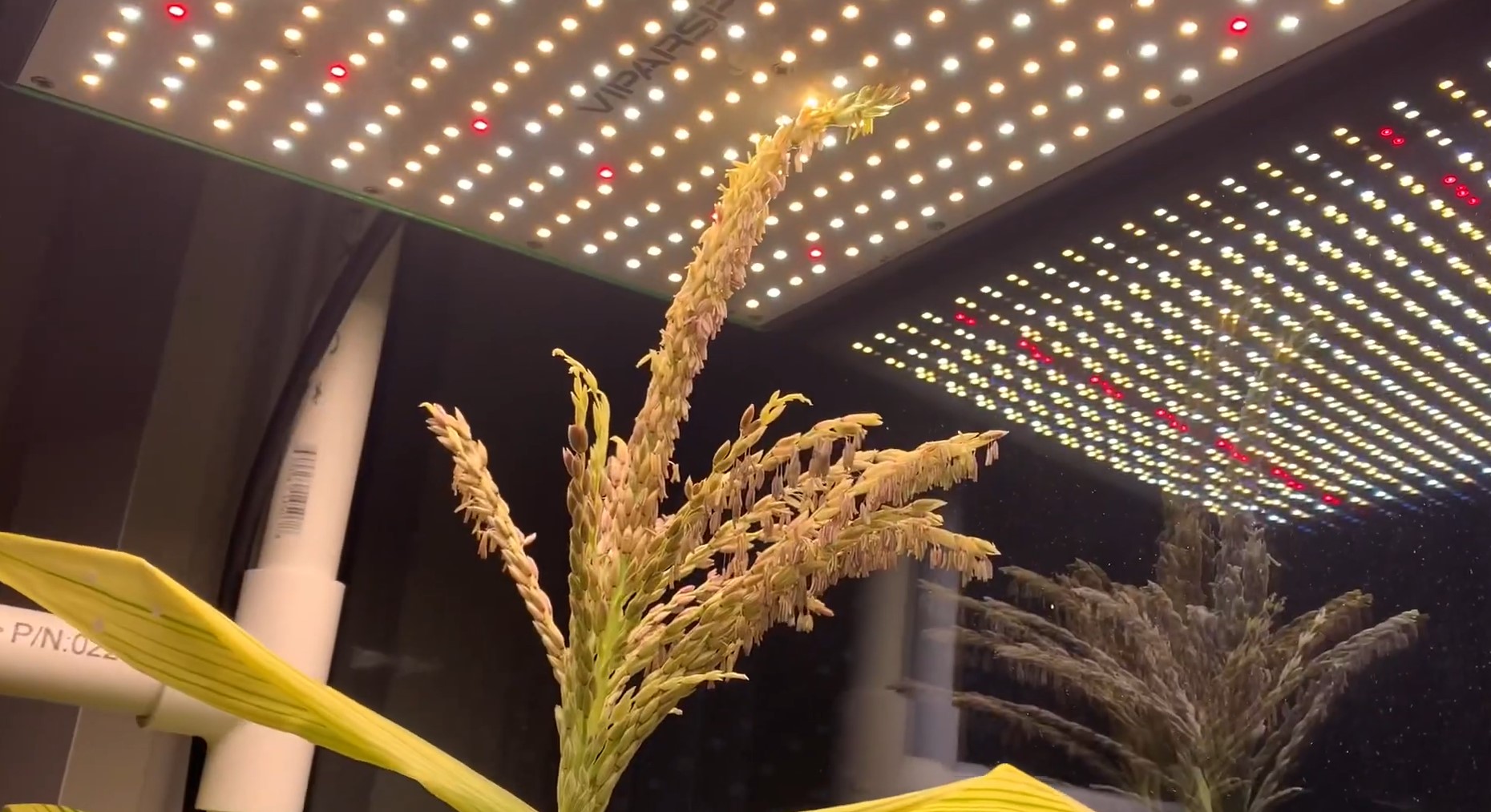
source : youtube.com / JimmyB Harvests
Like many others, corn requires a substantial amount of light. That is why most gardeners prefer to grow it indoors aside from outdoors.
If you have a greenhouse, you may be able to share natural sunlight for the crops. Of course, this natural light supplement is beneficial and essential too.
It is necessary to place your hydroponic corn container in the space that will receive a large amount of sunlight.
However, one thing you should remember is that natural light is much better than any artificial light.
The sunlight position may depend on your region and geography. You have to know the exact location before you place the crops.
hen, whether indoors or outdoors, keep the plants directing to the sunlight.
The minimum amount of sunlight received per day is at least 7 hours. You should be aware of the pH level as well.
Indoor Hydroponic Corn Garden
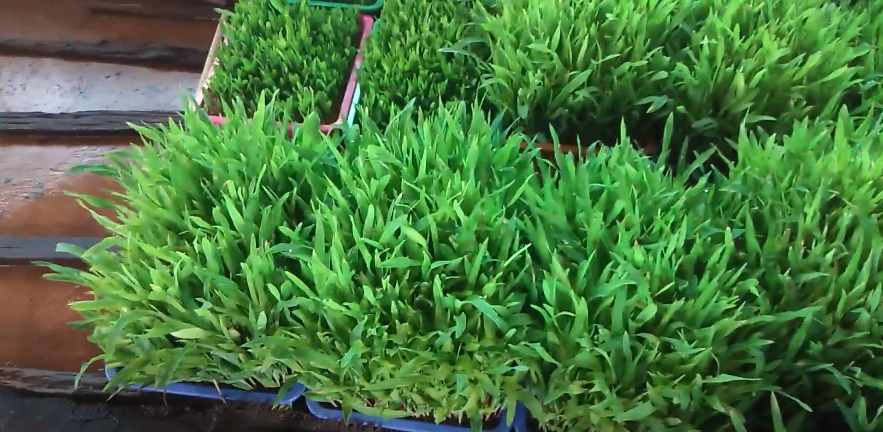
By having an indoor hydroponic garden, you can control the lighting for your plant.
As a warm temperature plant, it needs a lot of light. The amount daily is approximately 8 to 12 hours.
Besides, you can use side lighting too. Although it is not as efficient as overhead lighting, it can work well for your crops.
You may use lighting to supply your crops.
If you want to use supplement lighting, you can select fluorescent lighting. This type will make your crops absorb the good light for the growing process.
By giving a sufficient amount of light, you will make your corn happy. Then, the productivity of the crops will increase too.
For the indoors hydroponic garden, it is better not to place the lighting source on the ceiling. It will not make your crop perform well.
It is recommended to use vertical lighting instead of horizontal lighting.
You can install this vertical lighting in your hydroponic greenhouse. Remember that lighting can be a source of heat as well. So, it may interfere with your setup environment.
Besides, you are recommended to use some reflective material around your crops. So, it will increase the light efficiency for the crop.
This method is beneficial for you in distributing the light equally. Hence, growing corn in a hydroponic garden can be more costly than growing other plants.
Appropriated Hydroponic System

The easiest concept in growing hydroponic corn is by comparing it with the traditional method or using the soil. After you understand this method, you can apply it to your hydroponic garden.
Try to find a simple idea that can give maximum productivity. In this way, you can use a simple bucket system. It is the best idea and effective method too.
- You can begin by collecting 5-gallon buckets as they are easy to find. Then, fill them with your preferred media solution. You can use rock wool or clay pellets for the best option.
- Each bucket can have two stalks. If you use hydroponic tubes, you can grow six stalks per tub. Both containers are applicable for your plant.
- Then, you can put the sprout onto the bucket. You should allow it to grow well in the growing media.
- You have to add tubes to each bucket. So, it can take water into the bucket and collect it for your crops. It is called a serial drip system.
- This method is efficient to grow corn in a hydroponic garden. You can apply this to your greenhouse.
- Another thing a gardener should consider is the pH level. By having the preferred pH level, it can maximize the plants’ ability to absorb vitamins and other nutrients.
- It is better to check the ideal pH level regularly. Once it is too low or too high, you can fix it accordingly.
- The ideal pH level for corn is 8.0. It means the water is slightly acidic to optimize the growth of the plant. By having a pH of 8, you can prevent corrosion in plumbing.
- Make sure it has a proper drainage and aeration system too. Once the underground water system is well maintained, the root can grow well. This system also optimizes the absorption of Oxygen.
- The hydroponic system allows the roots that hang on the water. Besides, the nutrient is taken from the water flow. Hence, water becomes a crucial thing in transferring the nutrient to the plants.
PH Level
Another thing a gardener should consider is the pH level. By having the preferred pH level, it can maximize the plants’ ability to absorb vitamins and other nutrients.
It is better to check the ideal pH level regularly. Once it is too low or too high, you can fix it accordingly.
The ideal pH level for corn is 8.0. It means the water is slightly acidic to optimize the growth of the plant. By having a pH of 8, you can prevent corrosion in plumbing.
Make sure it has a proper drainage and aeration system too. Once the underground water system is well maintained, the root can grow well. This system also optimizes the absorption of Oxygen.
The hydroponic system allows the roots that hang on the water. Besides, the nutrient is taken from the water flow. Hence, water becomes a crucial thing in transferring the nutrient to the plants.
Conclusion
Corn Harvesting

In the traditional system, the corn is ready to harvest from 18 to 21 days after the silk first arises. However, in a hydroponic system, it tends to be better and faster than the traditional method.
Let’s say everything goes well. So, harvest time is expected around two weeks after the first silk is visible. In the end, growing hydroponic corn is not as hard as you thought.
Conclusion
In the traditional system, the corn is ready to harvest from 18 to 21 days after the silk first arises. However, in a hydroponic system, it tends to be better and faster than the traditional method.
Let’s say everything goes well. So, harvest time is expected around two weeks after the first silk is visible. In the end, growing hydroponic corn is not as hard as you thought.
